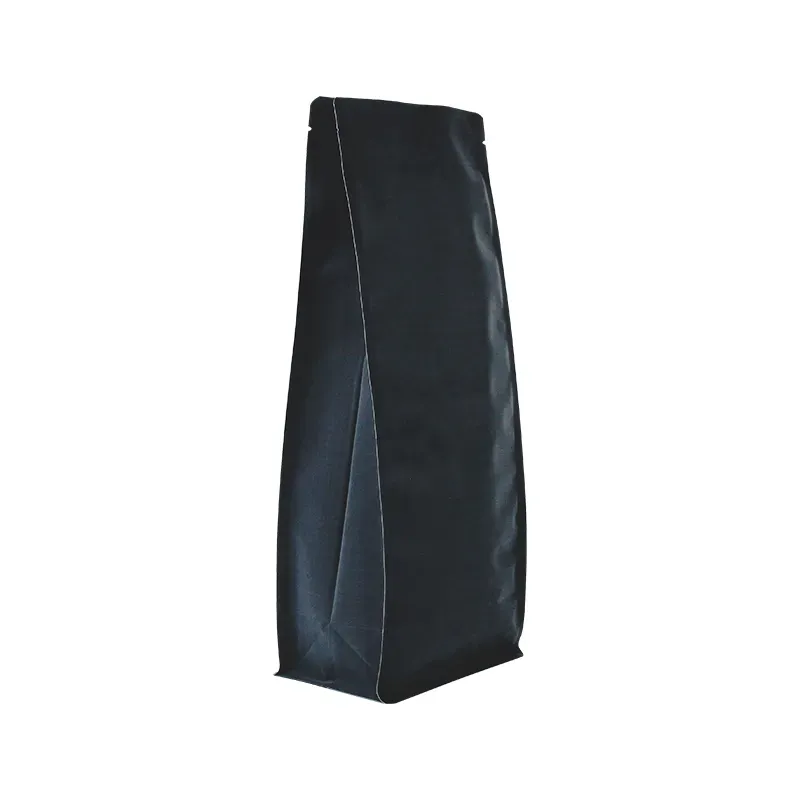- Afrikaans
- Albanian
- Amharic
- Arabic
- Armenian
- Azerbaijani
- Basque
- Belarusian
- Bengali
- Bosnian
- Bulgarian
- Catalan
- Cebuano
- chinese_simplified
- chinese_traditional
- Corsican
- Croatian
- Czech
- Danish
- Dutch
- English
- Esperanto
- Estonian
- Finnish
- French
- Frisian
- Galician
- Georgian
- German
- Greek
- Gujarati
- haitian_creole
- hausa
- hawaiian
- Hebrew
- Hindi
- Miao
- Hungarian
- Icelandic
- igbo
- Indonesian
- irish
- Italian
- Japanese
- Javanese
- Kannada
- kazakh
- Khmer
- Rwandese
- Korean
- Kurdish
- Kyrgyz
- Lao
- Latin
- Latvian
- Lithuanian
- Luxembourgish
- Macedonian
- Malgashi
- Malay
- Malayalam
- Maltese
- Maori
- Marathi
- Mongolian
- Myanmar
- Nepali
- Norwegian
- Norwegian
- Occitan
- Pashto
- Persian
- Polish
- Portuguese
- Punjabi
- Romanian
- Russian
- Samoan
- scottish-gaelic
- Serbian
- Sesotho
- Shona
- Sindhi
- Sinhala
- Slovak
- Slovenian
- Somali
- Spanish
- Sundanese
- Swahili
- Swedish
- Tagalog
- Tajik
- Tamil
- Tatar
- Telugu
- Thai
- Turkish
- Turkmen
- Ukrainian
- Urdu
- Uighur
- Uzbek
- Vietnamese
- Welsh
- Bantu
- Yiddish
- Yoruba
- Zulu
boxes design
The Art and Science of Box Design
Box design is an often-overlooked element in product packaging that plays a crucial role in marketing, functionality, and sustainability. From the moment a consumer lays eyes on a box, they begin to form judgments about the product inside and its value. Effective box design combines aesthetics, practicality, and environmental considerations, creating a holistic experience for the user.
Aesthetics First Impressions Matter
The visual appeal of a box can significantly influence consumer behavior. Colors, shapes, typography, and imagery all contribute to the overall aesthetic of the box. A well-designed box should not only capture attention but also convey the brand’s identity and message. For example, a luxury perfume might come in an elegantly crafted box with gold accents and intricate patterns, evoking a sense of opulence. In contrast, a children’s toy might feature bright colors and playful graphics to appeal to both children and their parents.
Moreover, trends in aesthetics vary over time. Minimalist designs have gained popularity in recent years, as more brands opt for clean lines and simple color palettes that exude sophistication. The right balance between creativity and brand recognition is essential, as consumers must be able to identify a brand quickly amid a crowded marketplace.
Functionality More Than Just a Pretty Face
While aesthetics are important, the functionality of a box is equally paramount. A box must be capable of protecting its contents during transportation, storage, and handling. This is particularly essential for fragile items, electronics, or perishables, which require additional considerations in their box design.
boxes design

Designing a box with functionality in mind also involves thinking about how the product will be used post-purchase. Many consumers appreciate packaging that can be easily reused or repurposed. For example, a beautifully designed box for a tea set can be converted into a decorative storage container, adding value to the product and reducing waste.
Additionally, thoughtful box design can enhance the unboxing experience, which has become a vital marketing tool in the age of social media. Consumers often share videos of their unboxing experiences online, showcasing not just the product itself but also the packaging. Engaging unboxing experiences can foster a strong emotional connection between the consumer and the brand, encouraging repeat purchases.
Sustainability The Future of Box Design
As environmental concerns grow, sustainable packaging materials and designs are becoming increasingly important. Today’s consumers often prefer brands that prioritize eco-friendly practices. This shift is prompting designers to innovate and find sustainable alternatives to traditional packaging materials. Cardboard, recycled paper, and biodegradable materials are gaining popularity, reflecting a commitment to reducing environmental impact.
Moreover, the design process now frequently includes considerations for the entire lifecycle of the box. This includes how easily the box can be recycled or composted after its initial use. Brands that communicate their sustainability efforts effectively often find that they can attract more conscious consumers, thereby elevating their market position.
Conclusion A Holistic Approach to Box Design
In conclusion, box design is a multifaceted discipline that extends far beyond mere aesthetics. It encompasses a harmonious blend of visual appeal, functionality, and sustainability. As consumer preferences evolve, the importance of innovative box design will only grow. Brands that invest in creating thoughtful, attractive, and sustainable packaging will not only stand out in a saturated market but also forge lasting relationships with their customers. Ultimately, a well-designed box can serve as a powerful marketing tool, a protector of products, and a steward of the environment—proving that good design considers all facets of the user experience.













